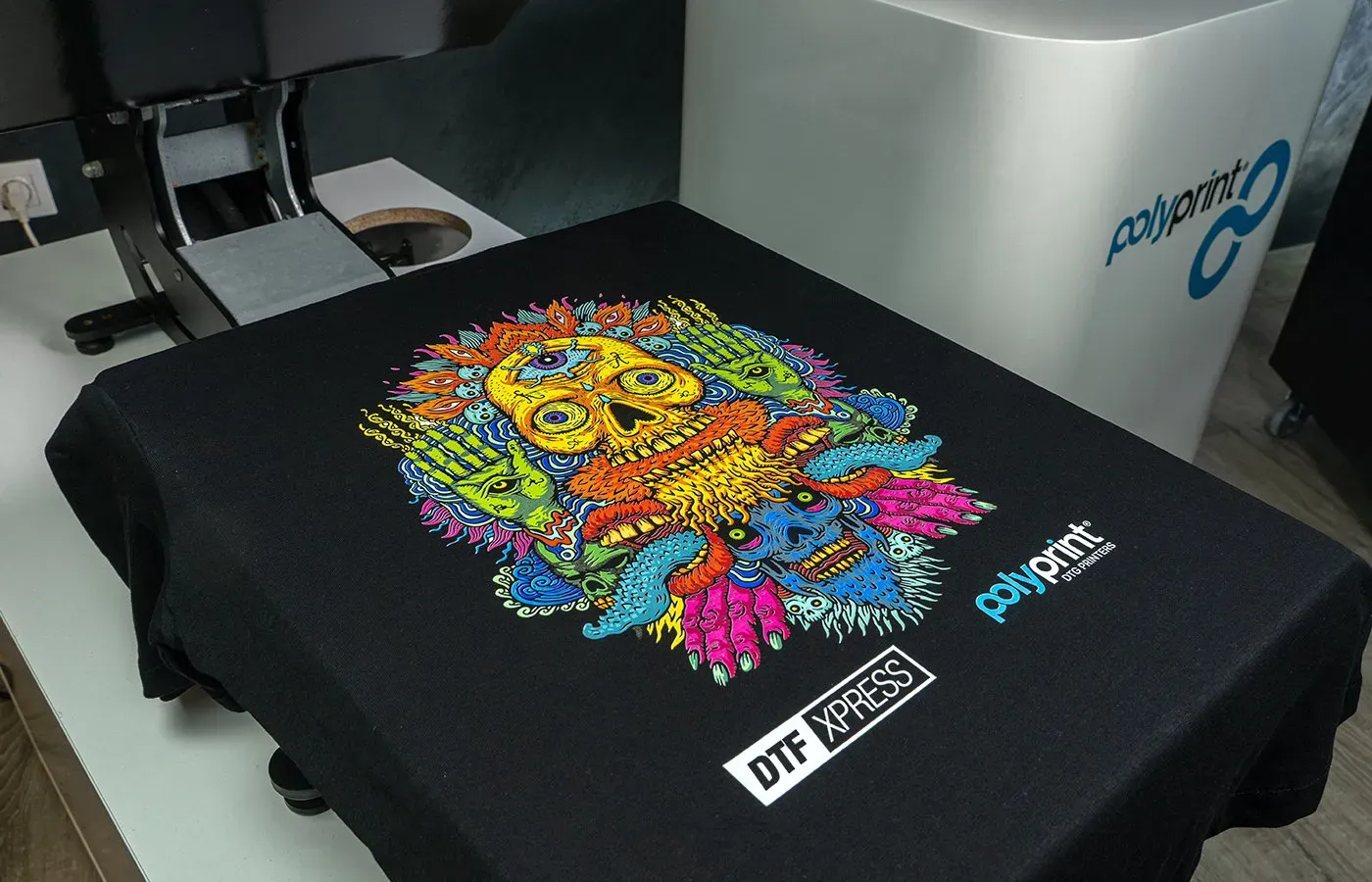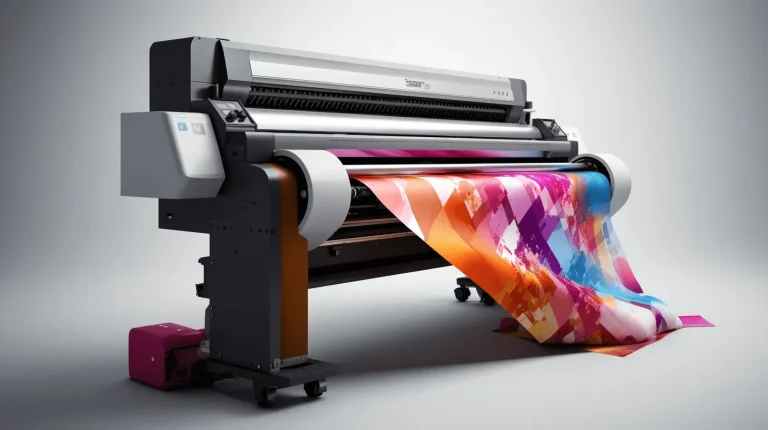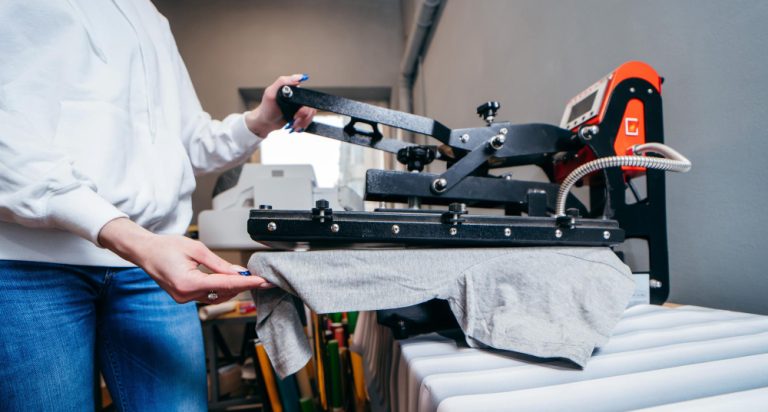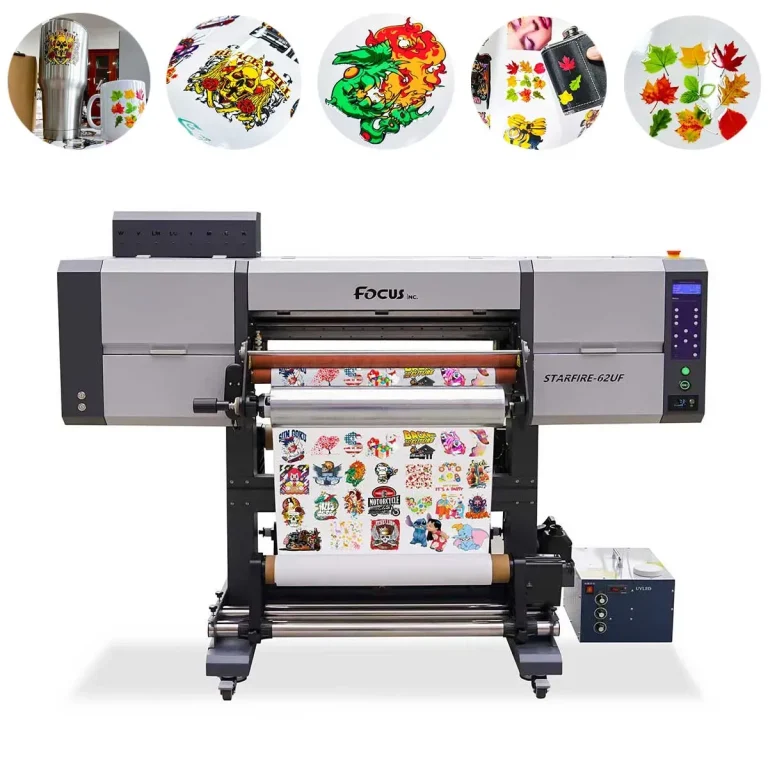DTF printing, or Direct to Film printing, is revolutionizing the way we approach custom apparel and textile printing by providing a seamless method to transfer vibrant designs onto various fabrics. This innovative printing technique is increasingly favored due to its flexibility and quality, allowing businesses and individuals to produce stunning, personalized merchandise with minimal effort. The DTF printing process involves several key steps, including printing designs onto specialized films and transferring them onto textiles using heat transfer printing methods. As the print-on-demand market continues to grow, understanding the intricacies of DTF printing can empower creators to meet the evolving demands of consumers. Whether you are a small business owner or a DIY enthusiast, the potential of DTF technology opens up a world of creative possibilities for custom applications and unique apparel solutions.
Referred to as Direct to Film printing, this cutting-edge printing method utilizes specialized techniques to create detailed graphical prints that can be transferred onto a myriad of fabric types. Unlike traditional methods, DTF focuses on the application of film and adhesive to achieve high-quality results, making it a preferred choice for custom clothing and print-on-demand services. The versatility of heat transfer printing within the DTF process allows it to cater to both light and dark fabrics, ensuring diverse design capabilities. As the demand for personalized apparel rises, understanding the landscape of DTF printing is crucial for any entrepreneur or artist looking to capitalize on this trend. By exploring the merits of DTF, users can unlock new dimensions in their creative endeavors, elevating their products to meet market expectations.
Understanding the DTF Printing Process
The DTF printing process is a revolutionary approach to creating custom designs on fabric. The journey begins with the design creation phase, where digital artists leverage advanced software to craft intricate graphics tailored to their unique vision. This initial step is essential, as it sets the tone for the quality and impact of the end product. High-resolution designs, often created with vector graphics, ensure that the final prints are vibrant and precise. This attention to detail at the design stage allows for a diverse array of applications, from custom apparel to personalized merchandise.
After the design is ready, it is printed onto a specially coated film using DTF inks. These inks are formulated to offer superior adhesion to the film and deliver bright, vivid colors that stand out against the fabric. This meticulous printing process allows artists and businesses to create intricate patterns with precision. The innovative use of direct to film technology means that designs can easily be customized for print on demand projects, providing flexibility and a quick turnaround to meet consumer demands.
Key Advantages of DTF Printing for Custom Apparel
One of the standout advantages of DTF printing is its versatility across a range of materials. Unlike traditional printing methods that may limit the types of fabric you can use, DTF allows for printing on cotton, polyester, blends, and more, making it ideal for custom apparel. This flexibility expands the possibilities for brands and designers looking to create unique clothing lines that cater to different markets. Moreover, DTF printing enables the application of designs to dark colored fabrics without noticeable loss in vibrancy, a significant benefit over other methods like sublimation.
Another key advantage lies in the durability of prints made through the DTF printing process. The combination of DTF inks and heat transfer technology results in designs that not only appear vivid but also withstand regular washing and wear. This durability means that clothing items produced using DTF printing remain attractive for longer, which encourages consumer satisfaction and repeat business. As such, businesses focusing on print on demand for custom apparel are increasingly turning to DTF as a preferred method for producing high-quality, long-lasting garments.
Exploring Market Trends in DTF Printing
As the DTF printing technology continues to gain traction, several market trends are emerging that signal its growing acceptance among businesses and consumers alike. The increasing demand for personalized products has led to a significant rise in the popularity of print on demand services. DTF printing, with its efficiency and quality, fits perfectly into this trend, allowing businesses to cater to a diverse customer base without having to maintain large inventories. This approach empowers small businesses and artists to offer customized solutions quickly and efficiently.
Additionally, the advent of new and innovative DTF printers, such as those introduced by AM.CO.ZA and Insta Graphic Systems, indicates a shift towards enhancing printing capabilities and quality. The integration of advanced technology into DTF printers improves the printing output and simplifies the process for users. As these enhancements continue, businesses are likely to experience greater operational efficiency, making DTF printing a compelling option for ventures aiming to scale up their custom apparel production.
The Versatility of DTF Printing Across Industries
DTF printing has proven its versatility not only in custom apparel but also in various other industries. From promotional products to home textiles, DTF technology can adapt to a multitude of applications. This adaptability is crucial for businesses looking to diversify their product offerings without having to invest in multiple printing methods. For instance, teams can create custom designs for events using DTF, such as banners, tablecloths, or giveaways, thereby maximizing their reach and ensuring brand continuity across different platforms.
Moreover, the ability to print stunning graphics on various substrates means that businesses can enter new markets with confidence. The growing trend of personalization in consumer products indicates a significant opportunity for brands to utilize DTF printing to create unique items tailored to specific customer preferences. As custom merchandise becomes increasingly popular in the e-commerce space, DTF printing provides a competitive edge in delivering high-quality, personalized products.
Comparing DTF to Other Printing Techniques
When evaluating printing techniques, DTF printing stands out when compared to methods like heat transfer and sublimation printing. DTF offers a more extensive range of fabric compatibility without sacrificing quality or vibrancy. For example, while sublimation printing works primarily on fabrics that are treated for sublimable inks, DTF excels on both light and dark fabrics, opening up opportunities for creative designs that other methods can’t match. This advantage makes DTF an attractive choice for businesses focused on custom apparel.
Furthermore, the ease of the DTF printing process sets it apart from more complex methods. Whereas traditional heat transfer printing often requires multiple steps and precision timing, DTF simplifies the workflow significantly—making it accessible for both small businesses and DIY enthusiasts. By reducing the technical barriers associated with other forms of printing, DTF encourages broader adoption and usage across various sectors, from hobbyists to professional printing enterprises.
Getting Started with DTF Printing Technology
For those interested in venturing into DTF printing, the initial steps involve understanding the equipment and materials involved in the process. Key components include a quality DTF printer, DTF film, specialized inks, and heat transfer tools. Investing in reliable equipment is crucial to achieving high-quality prints that reflect your creative vision. Beginners can start small with entry-level printers, gradually scaling up their capabilities as they gain experience and understand the demand for their products.
In addition to the hardware, mastering the software used for design creation is equally essential. Programs like Adobe Illustrator allow users to create stunning graphics that are print-ready and optimized for use with DTF printing technology. Taking advantage of tutorials and online resources can accelerate the learning curve, enabling newcomers to integrate DTF into their workflow effectively. With the right tools and knowledge, anyone can embark on a successful journey with DTF printing, unlocking new creative possibilities in the world of custom apparel.
Frequently Asked Questions
What is DTF printing and how does it differ from traditional printing methods?
DTF printing, or direct to film printing, is a digital printing technique that transfers designs onto fabrics using specialized DTF film. Unlike traditional printing methods that may require pre-treated materials, DTF printing allows for a wider range of fabrics, including cotton and polyester blends, making it ideal for custom apparel and merchandise.
How does the DTF printing process work?
The DTF printing process involves several key steps: creating a design, printing it onto DTF film with DTF inks, applying adhesive, curing the film, and finally transferring it to the desired substrate using heat press. Each step is crucial for achieving vibrant colors and durability in the final print.
What types of materials can be used with DTF printing?
DTF printing is highly versatile and can be used on various materials, including cotton, polyester, blends, and other fabrics. This makes it an excellent option for custom apparel and products, allowing creators to explore different substrates without the limitations of other methods like sublimation.
Is DTF printing suitable for print on demand services?
Yes, DTF printing is particularly well-suited for print on demand services due to its user-friendly process and ability to produce high-quality, durable prints. This technique allows businesses to quickly and efficiently fulfill custom apparel orders without the need for extensive inventory.
What are the benefits of using DTF printing for custom apparel?
Using DTF printing for custom apparel offers several benefits, including vibrant colors, high durability, flexibility on various materials, and the ability to produce intricate designs. It also provides a more accessible option for new businesses entering the custom printing market.
How does DTF printing compare to heat transfer printing?
While both DTF printing and heat transfer printing involve applying designs to garments using heat, DTF printing offers improved color vibrancy and durability due to its unique adhesive process. DTF printing can also be applied to a wider range of fabrics, making it a more versatile option for custom designs.
| Process Step | Description | Important Notes |
|---|---|---|
| Design Creation | Creating a graphic design using software like Adobe Illustrator or CorelDRAW. | Allows for creativity and customized visuals. |
| Printing on DTF Film | Printing the design using specialized DTF inks on a film. | Ink quality affects vibrancy and longevity. |
| Applying Adhesive | Applying hot-melt adhesive powder on the wet ink to bond with fabric. | Essential for the transfer process. |
| Curing the Film | Using heat to melt the adhesive and fuse it with the ink. | Crucial for solidifying the design. |
| Transferring to Substrate | Applying the cured film onto the fabric using a heat press. | Ensures high-quality and durable print. |
Summary
DTF printing is revolutionizing the textile industry with its innovative approach to transferring designs onto fabrics. This technology not only streamlines the printing process but also allows for vibrant, long-lasting images on a variety of materials. By leveraging the unique steps of DTF printing—from design creation to final transfer—individuals and businesses can produce high-quality custom apparel and merchandise. Its versatility and ease of use have led to increased popularity across various sectors, making DTF printing a go-to option for modern printing needs. Keeping up with trends and advancements in DTF can enable creators and businesses to capitalize on new opportunities in this dynamic market.






